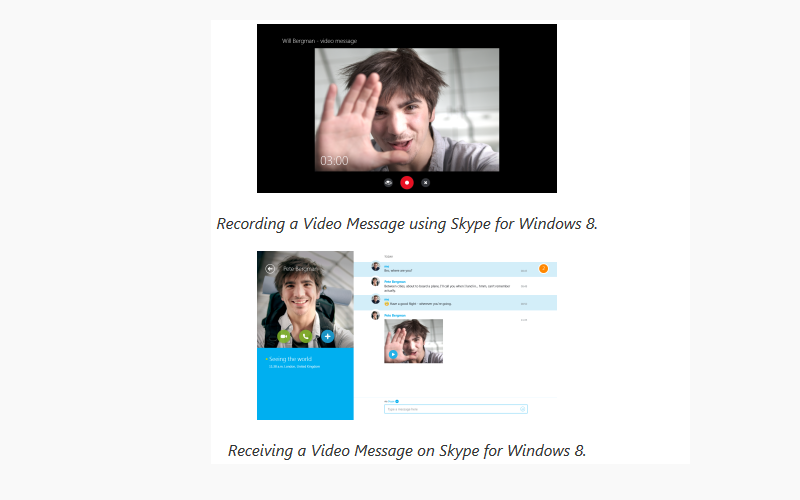The OTT space is growing rapidly, with the number of video calling users alone set to increase to over 130 million by 2018, according to Juniper Research, not including messaging, push-to-talk or audio calling options.
Still, the question remains as to whether mobile video calling will be able to generate revenues in its own right. Developers have been steadily increasing services to run parallel to their video calling features.
Creating a “viable revenue stream”
The report observed that as with many OTT services, only a small proportion of mobile video calling users pay for the service directly. OTT mobile devs such as Skype, Rebtel, and Tango may therefore widen their service offering and ope their client bases to first and third party games to increase monetisation options.
“The role of mobile video calling is becoming clearer,” says the report’s author, Anthony Cox. “With a number of OTT players having gained a critical mass of users through the provision of free video services, those players are now introducing an array of premium products or creating revenue-share partnerships to create a viable revenue stream.”
The report also found that new standards such as WebRTC will improve integration of mobile VoIP functionality into web sites and mobile Apps as we’ve seen with imo.im and others, paving the way for the development of new services.
In addition, as carrier technologies improve, most mobile network operators will adopt VoLTE, increasing their network efficiency, though direct revenues will be limited. Specialists such as Kineto and Amdocs have found a niche in creating OTT monetisation strategies for multinational operators, and any mobile network operators and OTT players such as Nimbuzz are collaborating on creating advanced “carrier OTT” voice services, potentially representing the most important change in the voice market since the advent of VoIP itself.

